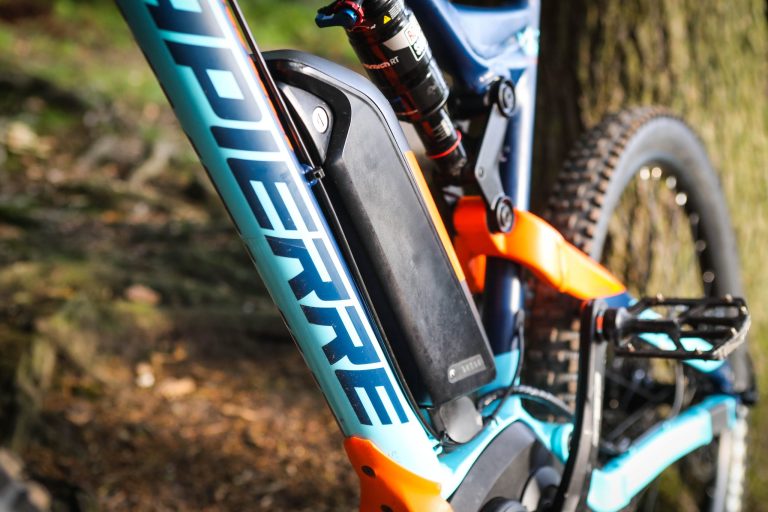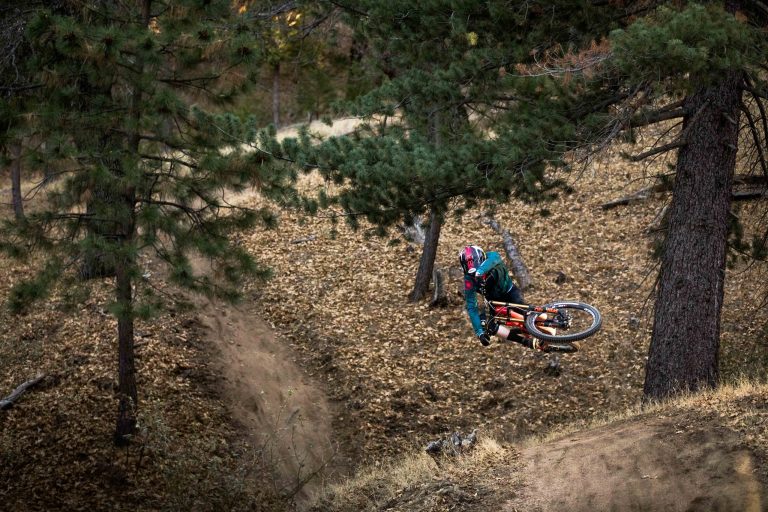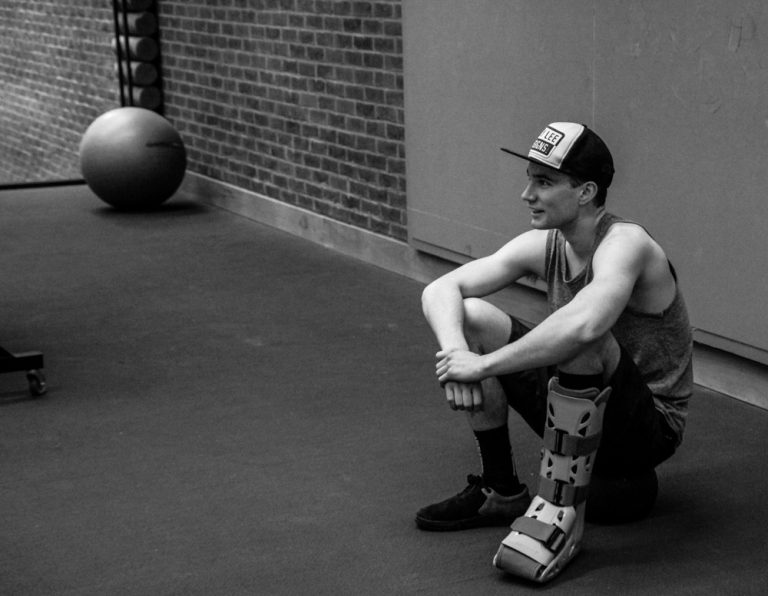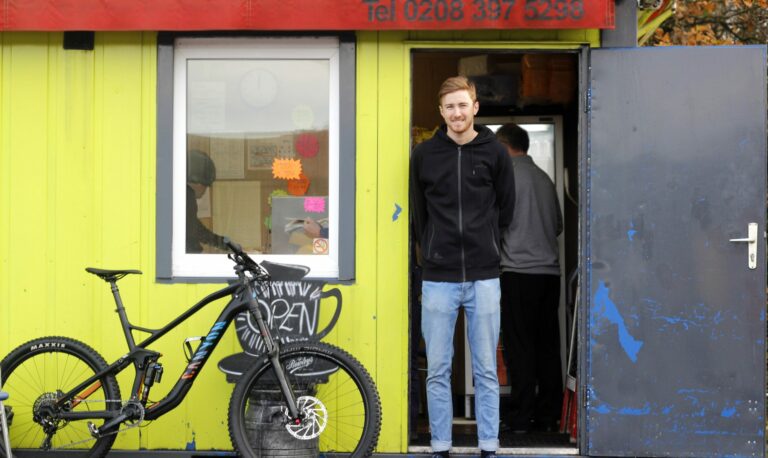
After four years working at Rickman he joined Eric Cheny building scrambler frames before gong it alone. For some it’s natural to move on, if you aren’t entirely satisfied with what you are doing, after all, it wasn’t just a job for Brian, he was building something that he was passionate about, he needed to believe in what he was doing.
So in 1974 he started building a frame to incorporate the Honda power plant, he saw the potential in the Honda that superseded the European engines that he was used too, after great success with the Curtis Hondas, Brian was commissioned by Yamaha through the Norton Villiers Triumph Group to build 200 Yamaha XL500 frames. You have to be doing something right for an individual in a workshop to be commissioned by an international motor vehicle company to build frames for, what at the time, was a specialist bit of kit. This led Brian into the early BMX era.
Gary Woodhouse had just moved to Frome in Somerset from Cornwall, after finishing a year at college learning welding techniques. Fate led him into the Curtis workshop looking for a job. I think if you are passionate about a dirt bike, it’s easy to cross over and understand others passions for another discipline.
With the imminent boom of the BMX era upon the nation, Brian was intrigued by the ‘motocross look’ of the Mongoose BMX Gary had just bought. ‘It was one of the first that I had seen close up, and I just took an interest in it’ explained Brian. He initially took its shape and modified it, ‘it was rather crude, they were horrible back then, very basic.’ Gary wasn’t a racer really, don’t get me wrong, he has trophies lined up in the workshop, he won a stack of regional races in the early eighties, and came second in the Cruiser class at the Brits.
He was more of a display rider, now we would call it an exhibition rider, but back in the day he used to ride at shop openings showing the excited kids how to bunny hop, whipping up the locals into a wild frenzy, getting radical on a bike was sort of a new thing, until then it was a mode of transport, the only real sport that was pedal powered was road racing, hardly rad!
Gary competed in the first ever British Freestyle championship in Bristol, and he recalls, ‘a couple of riders came down from London, we thought they were going to be awesome, but they refused to compete because they wanted to do a load of tricks on the flat and the competition was based around a tabletop jump, that’s when things started to become aerial’.
Brian explains, ‘Gary really developed the bikes, I would try to build lighter bikes, but just as strong, Gary’s job was to go out and try to break them and give feedback on the geometry. Occasionally he would come back with a bike in two halves. It is the only way of testing them, to find the limits and the weaknesses of materials and joins. But it wasn’t long before we had developed a good solid team. We had a really good little team back then, all of our riders got through to the finals in Derby. The 80’s were a time when we perfected the motocross frame, they had become extremely strong and light with a great geometry that everyone liked, we then developed the Cruiser off the back of the 20” frame, tweaking angles here and there to accommodate the bigger wheels.’>>>





